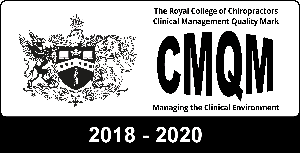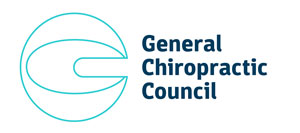With the upcoming sunny weather, we thought it appropriate to highlight the healthy benefits and unfortunate harmful effects of the sun and its ultraviolet (UV) rays.
How do we benefit from sun exposure?
The sun’s rays enable the body to produce Vitamin D naturally. This Vitamin D allows the body to absorb essential Calcium. Together they work in building and maintaining healthy bones and teeth. This vital combination reduces the risk of osteoporosis and helps maintain a healthy immune system.
How much exposure is safe to promote Vitamin D?
20 minutes of safe exposure (early morning, late afternoon) a day is enough. Build exposure to the sun gradually. Short and frequent exposures are more beneficial than one prolonged dose . Remember UV ray intensity varies with differing altitudes, latitudes and seasons.
We feel happy when the sun is out – why?
This is because sunlight helps increase the production of serotonin (the feel good brain chemical) good for controlling sleep patterns, body temperature and mood swings.
What are UV rays?
Sunlight emits invisible ultraviolet rays of which there are 3 types; UVC, UVB and UVA. The ozone and oxygen in the atmosphere absorb all the UVC and most UVB rays before reaching the earth’s surface. UVA and UVB rays present the most harm to humans. However, depletions in the ozone layer may cause increased exposure to all harmful UV rays.
Can the skin defend itself?
Yes but not completely. Melanin, a skin pigment present in varying amounts, acts as the first defence against the sun by absorbing and reacting with harmful UV rays. With prolonged exposure to the sun more Melanin is produced thus affecting the colour of our skin. The tan is your body’s attempt at protecting itself from the sun. “A sunburn develops when the amount of UVB and UVA exposure is greater than what can be protected against by the skin’s melanin” www.kidshealth.org
What are the long term effects of sun exposure?
The short term ‘holiday tan’ or sunburn can have outreaching effects. The most common of these are premature aging of the skin, wrinkles and skin cancer (malignant melanoma).
Stay smart in the sun
- S pend time in the shade between 11 and 3
- M ake sure you never burn
- A im to cover up with a t-shirt, hat and sunglasses
- R emember to take extra care with children
- T hen use factor 20+ sunscreen
www.cancerresearchuk.org
Why should I wear sun cream?
Sun creams help limit the amount of sun damage. Sun creams either have a chemical filter that absorb harmful UV rays or a physical filter (titanium or zinc oxide) which act in reflecting or blocking the UVA and UVB rays. Always choose a broad spectrum cream that protects against UVA and UVB rays. Remember to re-apply one slap on at the start of the day won’t be enough.
- Don’t be fooled – you need not be directly “in the sun” to be exposed to UV rays
- Sitting under a tree, grass reflects 3% of the UV rays
- In water, 75% of the UV rays penetrate as deep as 10 meters
- On a cloudy day UV rays still have penetrative abilities
- 45% of the UV rays can be reflected off concrete.
Take care and enjoy the sunshine!
Some Sun Facts
Most people receive 50-80% of their lifetime exposure by the age of 18.
Just one bad blistering sunburn during childhood can double the risk of skin cancer later in life.
UV rays bounces off sand, snow, concrete and water – and the reflecting rays can be harmful.
A white cotton T-shirt blocks out only about 5% of the rays, and even less when wet.
Watch your back not just your tan!
- Most people receive 50-80% of their lifetime exposure by the age of 18.
- Avoid stress to the neck by lying on your back or tummy with the head turned to one side .
- Enjoy the sun by walking – keeping the spine moving keeps you supple and you’ll get a more even tan.
- Bending the knees slightly whilst lying on your back will lessen the pressure on the lower back.
- Avoid lying on your stomach to read.







